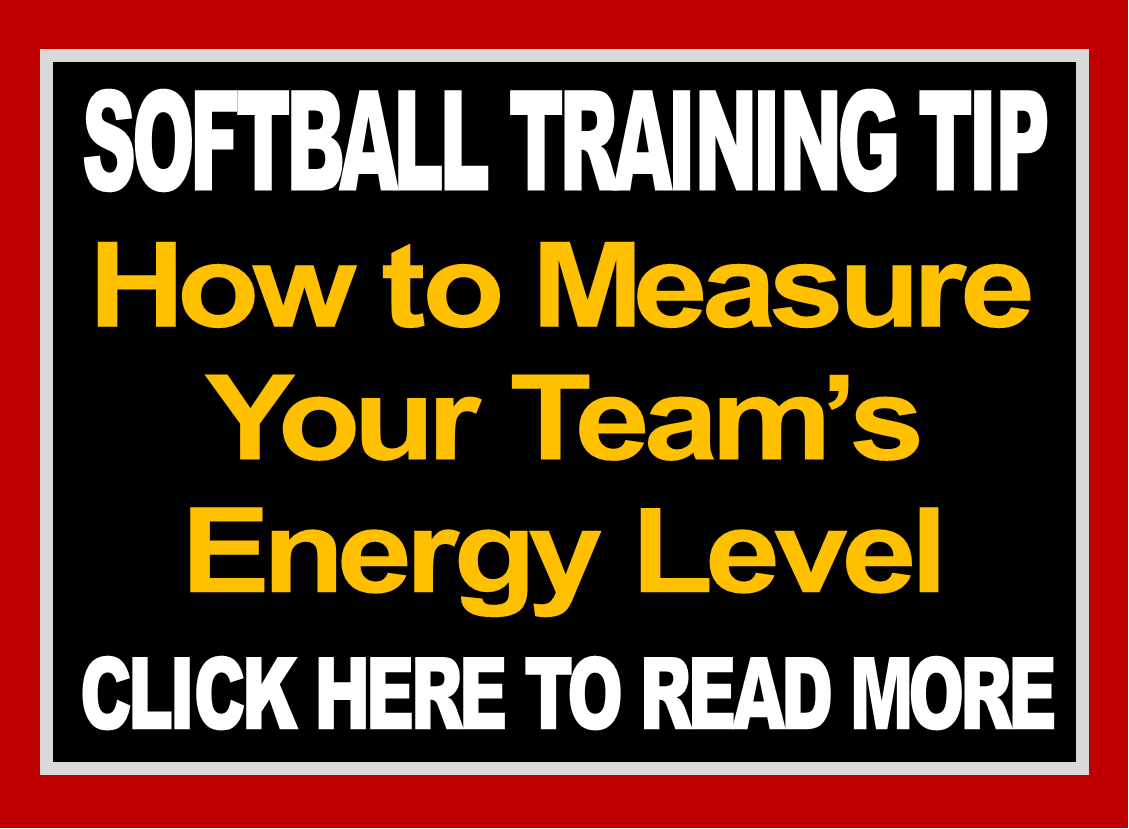
14 Apr How to Measure Your Team’s Energy Level
Stats are more popular than ever and it seems like we’ve almost gone stat crazy.
Keeping stats on offensive and defensive situations is very common but you might be surprised to learn you can also measure things like Energy, Aggressiveness and Adjustments.
Stats allow us to measure things that are important so we can notice strengths, weaknesses, progress and improvement. But you might be interested to see how to measure those softer team skills that can really make or break your season.
Have you ever talked to your team and uttered words like “energy”, “aggressiveness” and “adjustments”? Maybe not all of them in the same sentence, but I’m betting you’ve talked to your team about one or more of them multiple times throughout the season.
If these qualities are important enough for us to insist that our team have them or do them, then we need to be more specific about exactly what these qualities look like, and then measure how often our team actually does them.
Just like most things, our players are probably doing some of these things some of the time, just not all of them all of the time. And that’s where stats can help us out. If we can keep stats on how well our hitters do with RISP (Runner In Scoring Position), then we can measure how much Energy our team has during a game, or their Aggressiveness, or even their Ability to Make Adjustments during the game.
These softer team skills are tricky – we know them when we see them, understand how important they are to our team’s success, and yet, we can’t really figure out how to measure them. Well, I think I can help with that.
We’re going to use an A through D scale to measure these “team skills” instead of actually giving them percentages or numbers as we do with most statistics. So here’s how I suggest you think about grading, or measuring, your teams Energy, Aggressiveness and Adjustments:
- A = It happens on every pitch
- B = It happens several times per game
- C = It happens one inning but not the next – so inning by inning.
- D = It happens one game but not the next – so game by game.
Basically, the more often the specific quality you’re talking about happens, the higher the grade. So, if we look at our three qualities, or “team skills” of Energy, Aggressiveness and Ability to Adjust, our grading scale would look like this:
Fairly simple, isn’t it?! Now I would recommend that you and your team get together and define exactly what these three things look like so you’ll know them when you see them so you can grade them better.
Players will typically make the following comments about these three “team skills”:
Energymight look like:
- How loud we were
- How much we cheered
- How supportive we were to each other
- If we picked each other up after a bad play
Remember, it’s not only your definition but also what your players feel this is
Aggressivenessmight look like:
- How hard we swung at pitches
- Our intent to hit was high
- We dove for balls
- We slide a lot
Ability to Adjustmight look like:
- We knew when the strike zone changed
- We laid off her riseball our second time through
- We moved up on the slappers
- We shortened up against her speed
Keep in mind that outcome IS NOT attached to any of these qualities, so I might have adjusted really well even though I struck out every single at-bat.
Once you’ve come up with what each of these qualities looks like, then each game, or before the next practice, have your players grade themselves and the team on all 3. You grade yourself and the team. Then create an average grade for each and discuss at your next practice.
Remember that if something is important enough for you to continually talk about it and insist that your players do it, you need to be able to figure out if they’re getting better at it…even a little bit.



